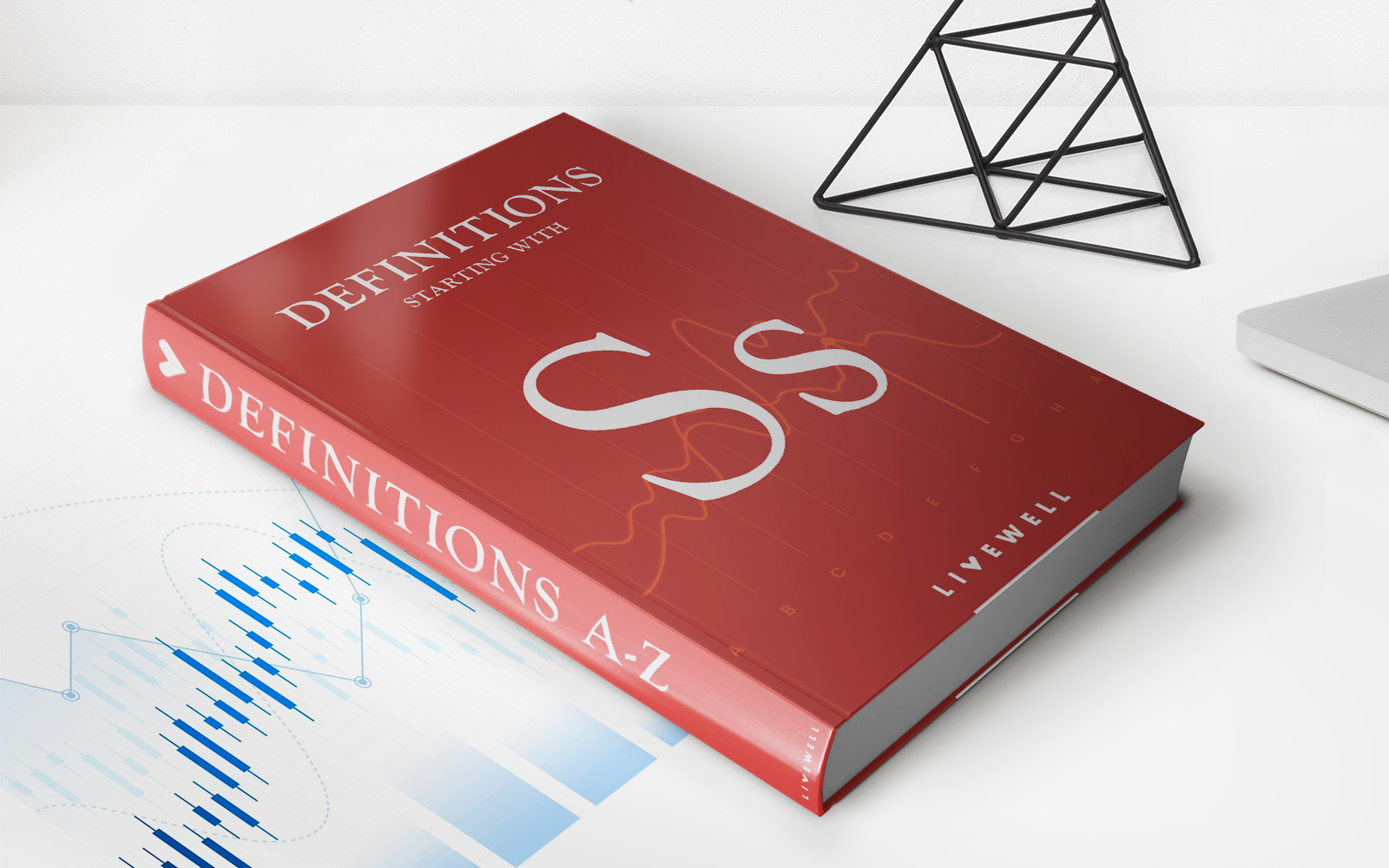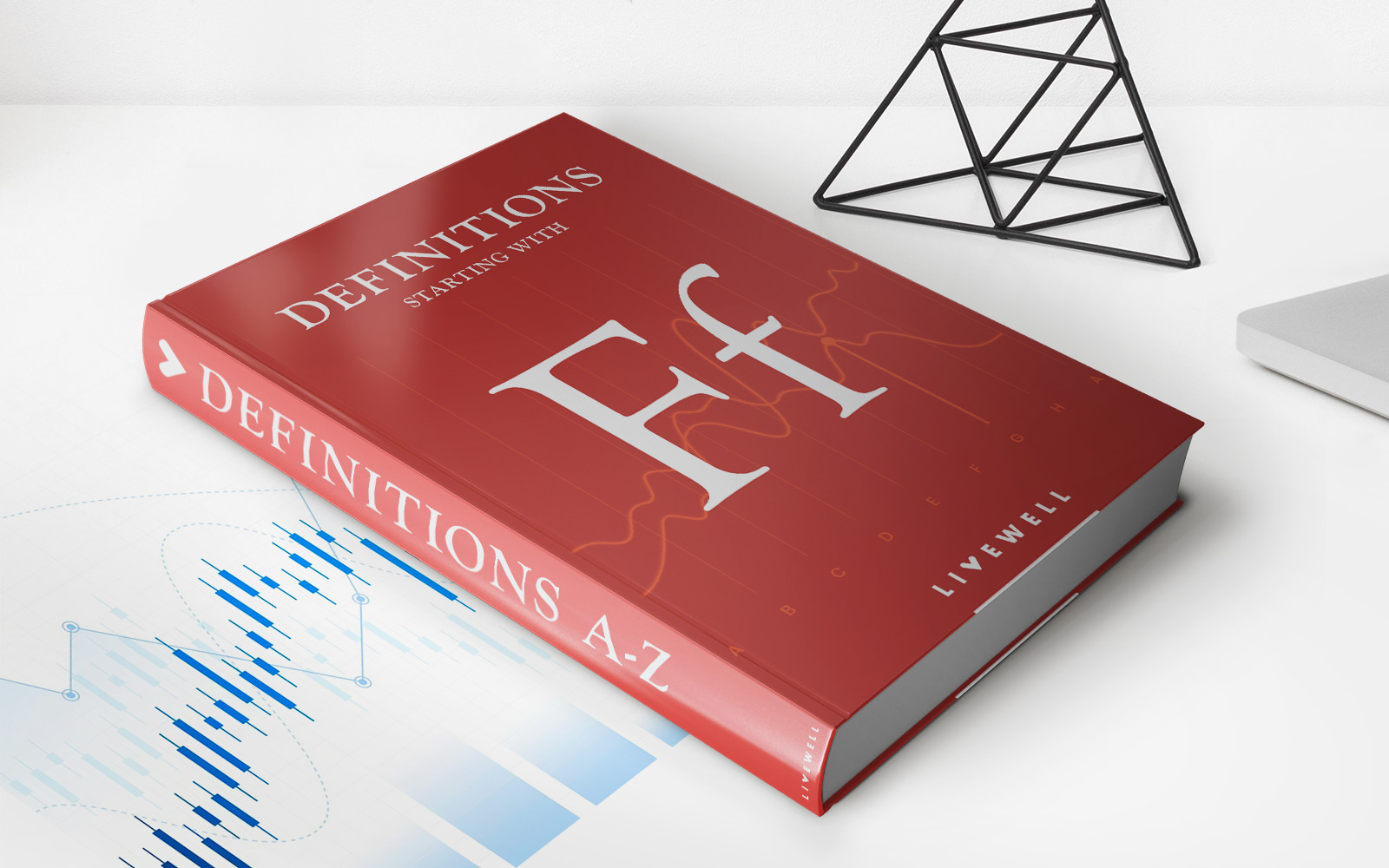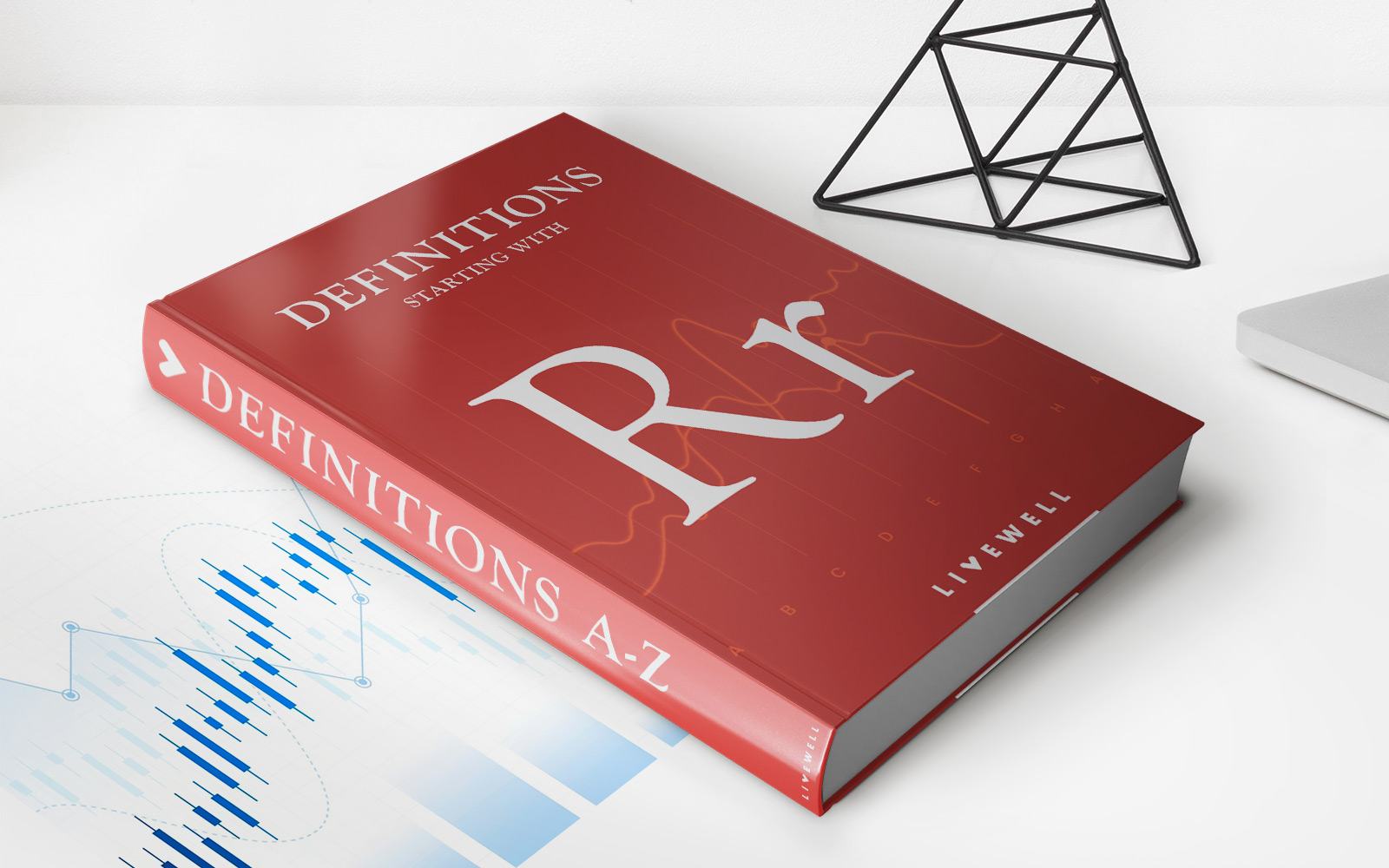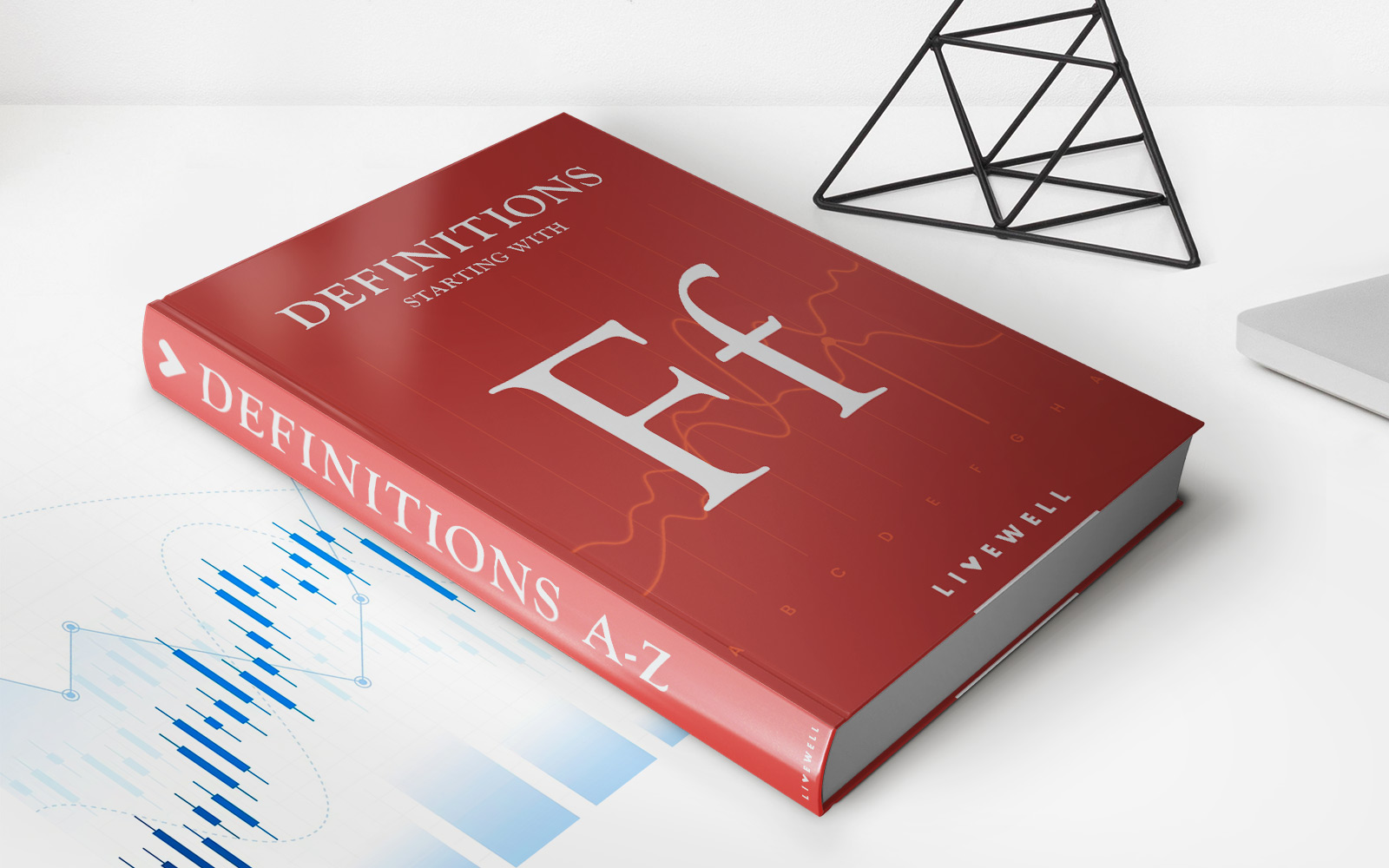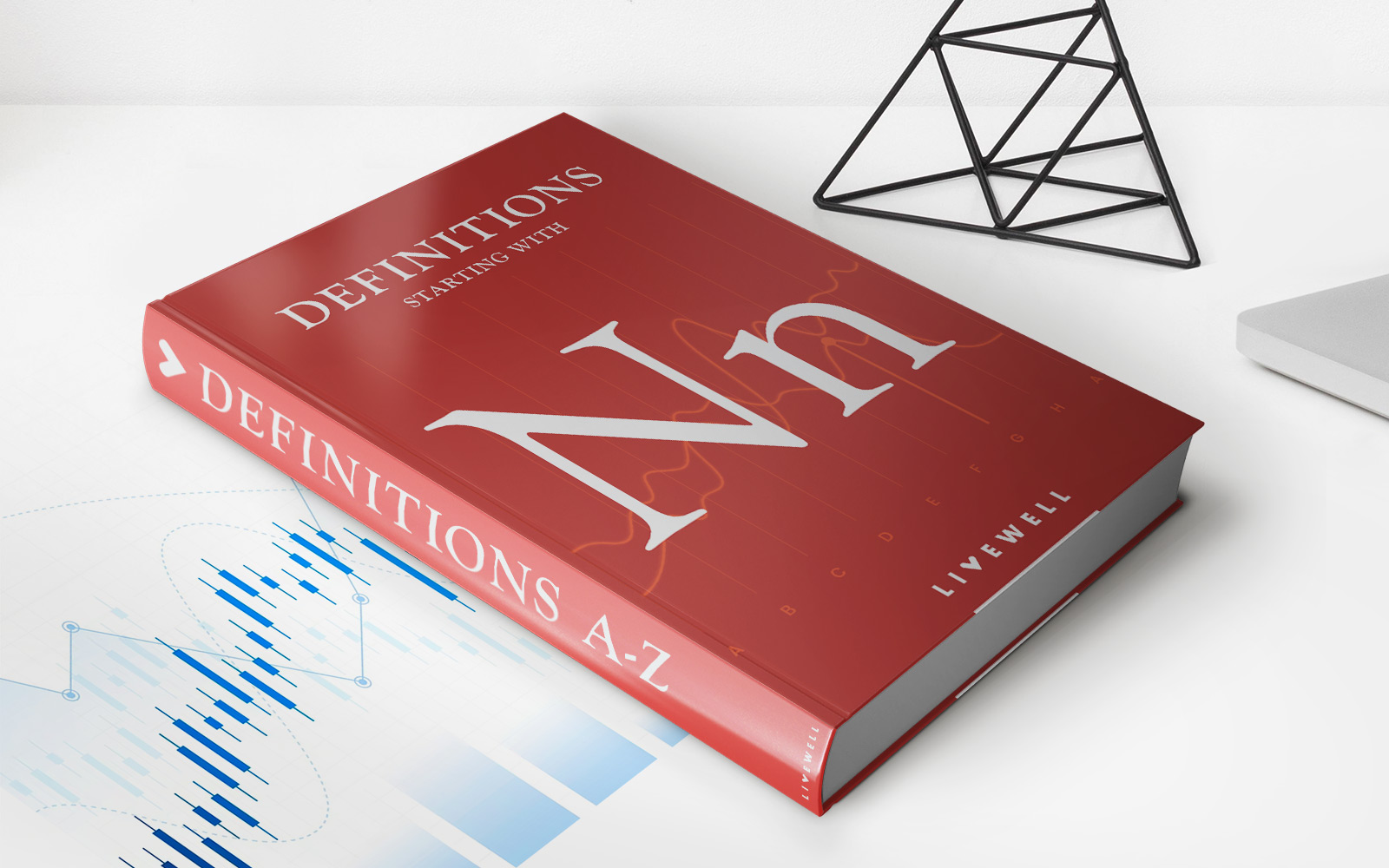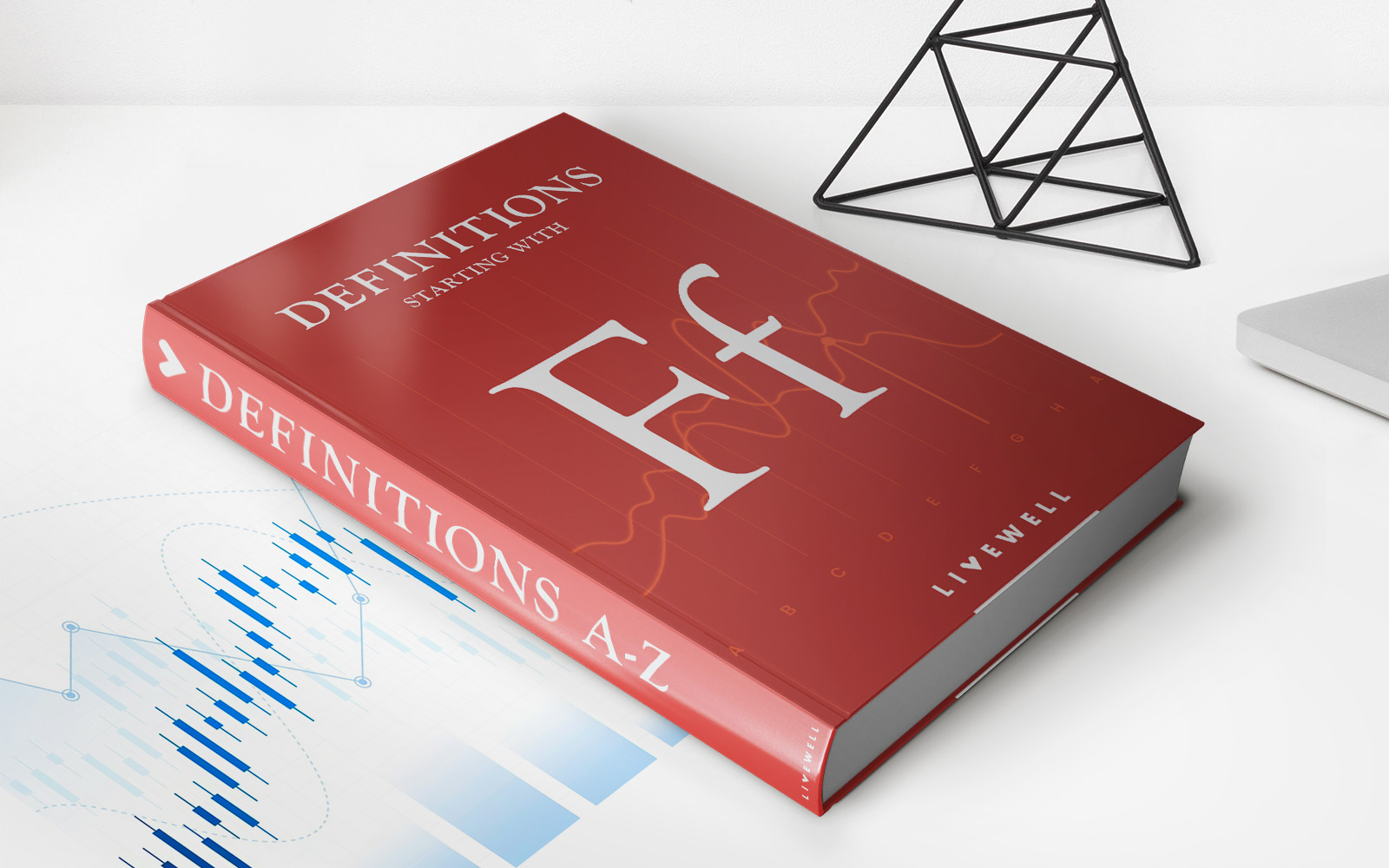

Finance
Fibonacci Clusters Definition And Uses
Published: November 23, 2023
Learn the definition and practical uses of Fibonacci clusters in finance. Discover how these patterns can help analyze market trends and make informed investment decisions.
(Many of the links in this article redirect to a specific reviewed product. Your purchase of these products through affiliate links helps to generate commission for LiveWell, at no extra cost. Learn more)
The Power of Fibonacci Clusters in Financial Analysis
Welcome to our Finance category, where we delve into the intricacies of the financial world and uncover valuable insights to help you make informed decisions. Today, we will discuss the fascinating concept of Fibonacci clusters and how they can be used to analyze the financial markets effectively.
But first, let’s answer the burning question – what exactly are Fibonacci clusters? Originating from the famous Fibonacci sequence, which is a series of numbers where each number is the sum of the two preceding ones, Fibonacci clusters represent a group of Fibonacci retracement levels that coincide in a specific area on a financial chart. In simpler terms, they are strategic price levels that tend to cluster together and hold a significant influence on market movements.
Key Takeaways:
- Fibonacci clusters are groups of Fibonacci retracement levels that congregate in a particular area on a financial chart.
- These clusters of price levels often act as strong support or resistance zones, guiding the market’s trajectory.
Now that we understand what Fibonacci clusters are, let’s explore their uses in financial analysis:
- Predicting Price Reversals: Fibonacci clusters play a crucial role in identifying potential reversal points in the market. As price levels cluster together, they create zones of high probability for price reversals, making them excellent entry or exit points for traders. By analyzing these clusters, skilled traders can anticipate market movements and adjust their strategies accordingly.
- Determining Support and Resistance Levels: Fibonacci clusters often act as strong support or resistance zones. When price levels cluster near key Fibonacci levels, they reinforce each other’s significance, causing the market to react more strongly at these levels. Traders can use these clusters to identify areas where the market is likely to pause, change direction, or experience a breakout.
- Optimizing Risk and Reward: Fibonacci clusters help traders in setting precise stop-loss and take-profit levels. By analyzing the market’s behavior around these price clusters, traders can determine their risk tolerance and adjust their trade management accordingly. This allows for better risk-reward ratios and improved trading decisions.
- Improving Entry and Exit Strategies: When Fibonacci clusters align with other technical indicators, such as trendlines, moving averages, or chart patterns, they create powerful confirmation signals for entry and exit points. Incorporating these clusters into your trading strategy can help you make more accurate trading decisions and improve overall profitability.
In conclusion, Fibonacci clusters are a valuable tool for financial analysis and can greatly enhance your trading decisions. By understanding the power of these price levels and incorporating them into your trading strategy, you can gain a competitive edge in the financial markets. So, dive into the world of Fibonacci clusters, explore their patterns, and unlock new opportunities to navigate the market successfully.
That’s all for now! Stay tuned for more exciting insights and informative articles in our Finance category. Happy trading!
